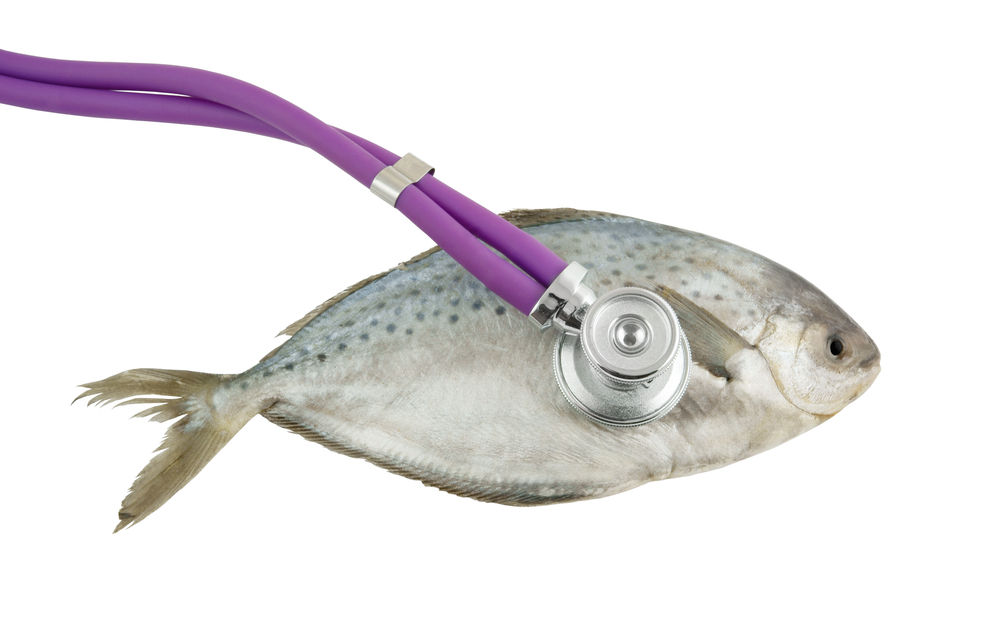Thanks to the recent European Antibiotic Awareness Day and the WHO World Antibiotic Awareness Week, you probably have become more aware of the use and abuse of antibiotics—and the implications this behaviour has on the world. But did you know that antibiotics used in land-based farming and aquaculture are basically using the same killing strategies toward bacteria as human antibiotics do? That being the case, it comes as no surprise that antimicrobial resistance in humans has been linked to use of antibiotics in the farming of animals.
Although they both kill pathogens, antibiotics and disinfectants differ greatly in how they work. In aquaculture, this is not always obvious because both are added to the water.
To illustrate, antibiotics kill bacteria inside the body via a product-specific effect on processes in the cells of a pathogen, whereas disinfectants act outside the body through a broad largely unselective destruction of bacteria. A bacterial disease not sufficiently treated with antibiotics allows fast-replicating bacteria to build a defence mechanism, making them less sensitive. Upon repeated exposure, such bacteria may have become fully resistant against a particular type of antibiotic.

Despite closed systems, aquaculture farms still interact with their environment more than land-based farming. The development of any antimicrobial resistance in a farm cannot be confined. On the other hand, fish farms import less sensitive and potentially resistant bacteria from the environment.
Reducing the risk of antimicrobial resistance starts with a controlled and responsible use of antibiotics. A zero-antibiotics policy is the long-term solution, though. With the help of a premium disinfectant, such as Halamid®, this is achievable—and numerous farms are already proving it. Vaccination, excellent biosecurity, and properly executed management procedures enable a socially and environmentally responsible approach.
As mentioned before, aquaculture operations can hardly be isolated from their surroundings and the risk of infections is omnipresent. A biodegradable biocide that can be dosed in the water on a continuous basis without showing toxic effects to the aquatic animals nips any pathogen growth in the bud, helps avoiding diseases, and improves animal welfare—and, as a result, increases yield. Halamid® is one of very few options available for this approach that’s already being used.
Axcentive is committed to supporting the transformation of the aquaculture industry to zero-antibiotics. It is currently stepping up its applied research with the aim of fine-tuning this type of continuous water treatment with Halamid®.